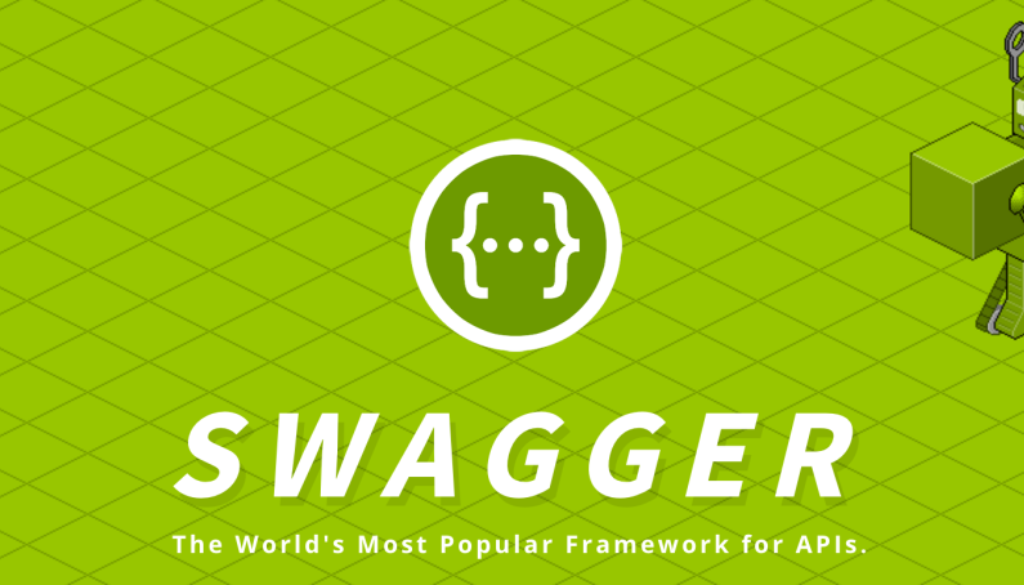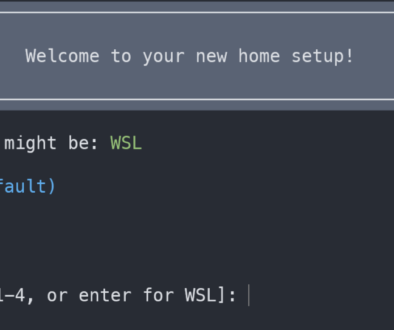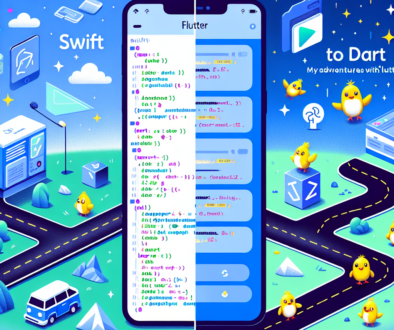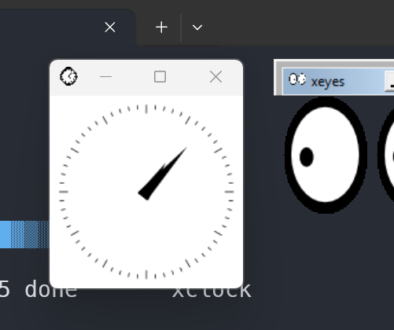Adding swagger to your DropWizard application
Adding swagger to your dropwizard application is very easy. I followed the tutorial for information on how to do so, and here were the actual changes I made.
Step 1: Update your pom.xml file
<!-- Swagger UI -->
<dependency>
<groupId>com.wordnik</groupId>
<artifactId>swagger-jaxrs_2.10</artifactId>
<version>1.3.12</version>
</dependency>
<!-- CORS support for Swagger-->
<dependency>
<groupId>org.eclipse.jetty</groupId>
<artifactId>jetty-servlets</artifactId>
<version>9.2.9.v20150224</version>
</dependency>
Step 2: Update your DW application configuration
To make the configuration portable across environments, you can add the base path to your configuration file.
@Valid
@NotNull
@JsonProperty
private String swaggerBasePath;
public String getSwaggerBasePath(){ return swaggerBasePath; }</pre>
Step 3: Update the Application class
Add the swagger init to the run method of the Application Class.
// init Swagger resources initSwagger(configuration, environment);
And add the definition of that method to the same class.
private void initSwagger(ExampleServiceConfiguration configuration, Environment environment) {
// Swagger Resource
environment.jersey().register(new ApiListingResourceJSON());
// Swagger providers
environment.jersey().register(new ApiDeclarationProvider());
environment.jersey().register(new ResourceListingProvider());
// Swagger Scanner, which finds all the resources for @Api Annotations
ScannerFactory.setScanner(new DefaultJaxrsScanner());
// Add the reader, which scans the resources and extracts the resource information
ClassReaders.setReader(new DefaultJaxrsApiReader());
// required CORS support
FilterRegistration.Dynamic filter = environment.servlets().addFilter("CORS", CrossOriginFilter.class);
filter.addMappingForUrlPatterns(EnumSet.allOf(DispatcherType.class), true, "/*");
filter.setInitParameter("allowedOrigins", "*"); // allowed origins comma separated
filter.setInitParameter("allowedHeaders", "Content-Type,Authorization,X-Requested-With,Content-Length,Accept,Origin");
filter.setInitParameter("allowedMethods", "GET,PUT,POST,DELETE,OPTIONS,HEAD");
filter.setInitParameter("preflightMaxAge", "5184000"); // 2 months
filter.setInitParameter("allowCredentials", "true");
// Set the swagger config options
SwaggerConfig config = ConfigFactory.config();
config.setApiVersion("1.0.1");
config.setBasePath(configuration.getSwaggerBasePath());
}
Step 4: Update application yml file
swaggerBasePath: http://localhost:9080
Step 5: Annotate your classes
import com.codahale.metrics.annotation.Timed;
import com.wordnik.swagger.annotations.Api;
import com.wordnik.swagger.annotations.ApiOperation;
import com.wordnik.swagger.annotations.ApiResponse;
import com.wordnik.swagger.annotations.ApiResponses;
import javax.ws.rs.GET;
import javax.ws.rs.Path;
/**
* Created by mlynch
*/
@Path("/hello")
@Api(value="/hello", description="Operations on the hello object")
public class HelloResource {
private final MessagesConfiguration conf;
public HelloResource(MessagesConfiguration conf) {
this.conf = conf;
}
@GET
@Timed
@ApiOperation(value="Return a simple greeting", notes="some day this will do more, it believes in a growth mentality.")
@ApiResponses(value={
@ApiResponse(code=400, message="Invalid ID"),
})
public String sayHello() {
return conf.getHello();
}
}
Full tutorial link here: https://github.com/swagger-api/swagger-core/wiki/Swagger-Core-JAX-RS-Project-Setup-1.5.X



